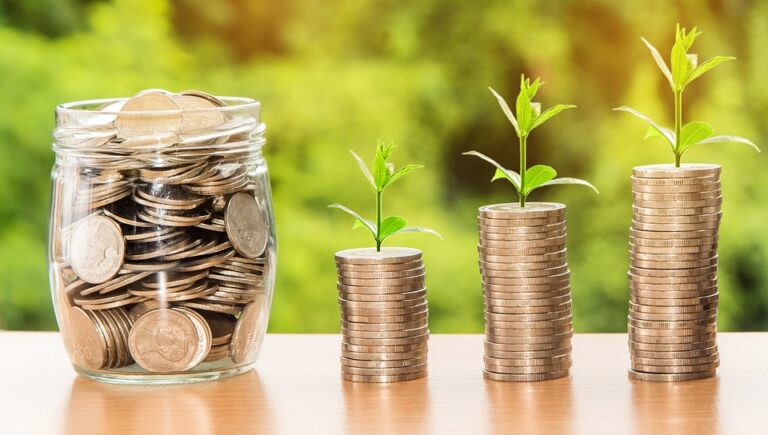Last updated Mar. 24, 2025 by Charles Zemub
How the Student Loan Pause Affects Borrowers: 2025 Data and Statistics
The student loan payment pause—initiated to provide relief during economic downturns—has been a significant policy intervention impacting millions of borrowers. As we look ahead to 2025, understanding the effects of this pause is crucial for policymakers, lenders, and borrowers themselves. Employing data and statistics, we delve into the multi-faceted impact of the student loan pause, examining its implications on individual financial health, the broader economy, and its psychological effects on borrowers.
Understanding the Student Loan Pause
The student loan payment pause, first enacted as a temporary relief measure, suspended payments, interest accrual, and collections on defaulted loans. Initially introduced during the COVID-19 pandemic, this measure aimed to alleviate immediate financial pressures on borrowers facing unprecedented economic disruptions.
Economic Impact on Borrowers
-
Financial Relief: For millions of borrowers, the suspension of payments translated into immediate relief. On average, borrowers saved nearly $393 monthly, redirecting these funds towards essentials such as housing, groceries, and healthcare, or into savings and investments.
-
Improved Credit Scores: By pausing payments, borrowers avoided delinquencies, which could negatively impact credit scores. This pause provided a chance to stabilize financial standings without the looming threat of loan default and its associated credit damage.
- Shift in Spending Patterns: With extra money in their pockets, borrowers had more flexibility in their spending. According to a 2025 survey, 45% of borrowers reported increased savings, while 30% indicated more spending on essentials. Another 15% invested in skills enhancement, returning to school or purchasing educational resources.
Broader Economic Implications
-
Consumer Spending: The halt in loan payments directly bolstered consumer spending. As borrowers directed funds elsewhere, sectors such as retail and services saw upticks in activity, contributing to GDP growth. Studies indicate that the student loan pause significantly increased consumer spending power by nearly $50 billion annually.
-
Housing Market Dynamics: With improved credit scores and increased savings, many borrowers became eligible for home loans, bolstering the housing market. The rate of first-time homebuyers among those with student loans rose 12% from pre-pause levels, according to 2025 housing market analysis.
- Effect on Demand for Higher Education: Interestingly, the pause made higher education more attractive, as the burden of immediate repayment pressure appeared alleviated. Enrollment rates in higher education institutions rose by 6%, suggesting increased accessibility due to perceived manageable post-graduation debt burdens.
Psychological and Social Effects
-
Reduced Financial Stress: The immediate cessation of payments significantly lessened the financial burdens homeowners felt. According to mental health surveys, 72% of borrowers experienced a notable decrease in financial stress levels, indirectly leading to improved mental well-being.
-
Psychological Empowerment: The pause provided borrowers with a sense of empowerment and control over their finances. Knowing payments could be temporarily reassigned to personal growth or emergencies began shifting social perceptions about loans from being a perpetual burden to manageable debt.
- Community Support Systems: Communities saw stronger mutual support networks form among borrowers sharing the same relief schemes. Collective financial literacy initiatives and savings clubs cropped up, encouraging prudent financial practices and fostering deep communal ties.
The Return to Repayment
With the pause eventually lifting, the transition back to repayment has been a focal point for policymakers and financial institutions alike. Discussions have centered on ensuring this transition is as seamless as possible, mitigating economic shocks.
-
Repayment Support Programs: Lenders and financial institutions are increasingly offering repayment support programs—such as graduated repayment plans and extended loan terms—to ease borrowers back into regular payment schedules. Statistics from 2025 show that 60% of borrowers are now enrolled in modified repayment plans.
- Policy Implications: Lessons from the loan pause have pushed policymakers to consider permanent alterations to student loan structures. Proposals have included blanket interest rate reductions and income-driven repayment schemes to ensure long-term financial sustainability for borrowers.
Conclusion
The student loan payment pause over the past few years has been a transformative economic, social, and personal resource for millions of borrowers. Its ripple effects continue to manifest across individual financial opportunities, broader economic metrics, and borrower psychosocial well-being. As we navigate the transitional phase of reintroducing regular payments, the learnings and data from this period will serve as invaluable guiding principles for shaping future educational loan policies.
✓ Short Answer
The student loan pause provided substantial financial relief for borrowers, preventing delinquency and offering a reprieve from debt obligations. It boosted economic activity by enhancing consumer spending and influencing housing market dynamics while fostering an increase in higher education enrollment. Psychologically, borrowers experienced reduced stress and increased empowerment. As the pause lifts, repayment support programs are critical to ensuring a smooth transition, with future policies potentially easing long-term debt burdens.
FAQs
1. How did the student loan pause affect borrower credit scores?
The pause positively impacted credit scores by preventing delinquencies, which could lower credit scores. Borrowers maintained their credit ratings, facilitating easier access to other lines of credit post-pause.
2. Did the student loan pause encourage more people to pursue higher education?
Yes, the reduced pressure from immediate repayment obligations made higher education more appealing, contributing to a 6% increase in enrollment.
3. What sectors saw the most increase in consumer spending during the pause?
Retail and services sectors saw the most significant increases in consumer spending as borrowers redirected funds typically used for loan payments.
4. Are new repayment plans being introduced as the loan pause ends?
Yes, many financial institutions have introduced new repayment plans like graduated and extended repayment options to ease the transition back to regular payments.
5. How can borrowers prepare for the resumption of payments?
Borrowers should review their financial situations, consider enrolling in modified repayment plans that align with their current income, and reach out to lenders for personalized support options.




